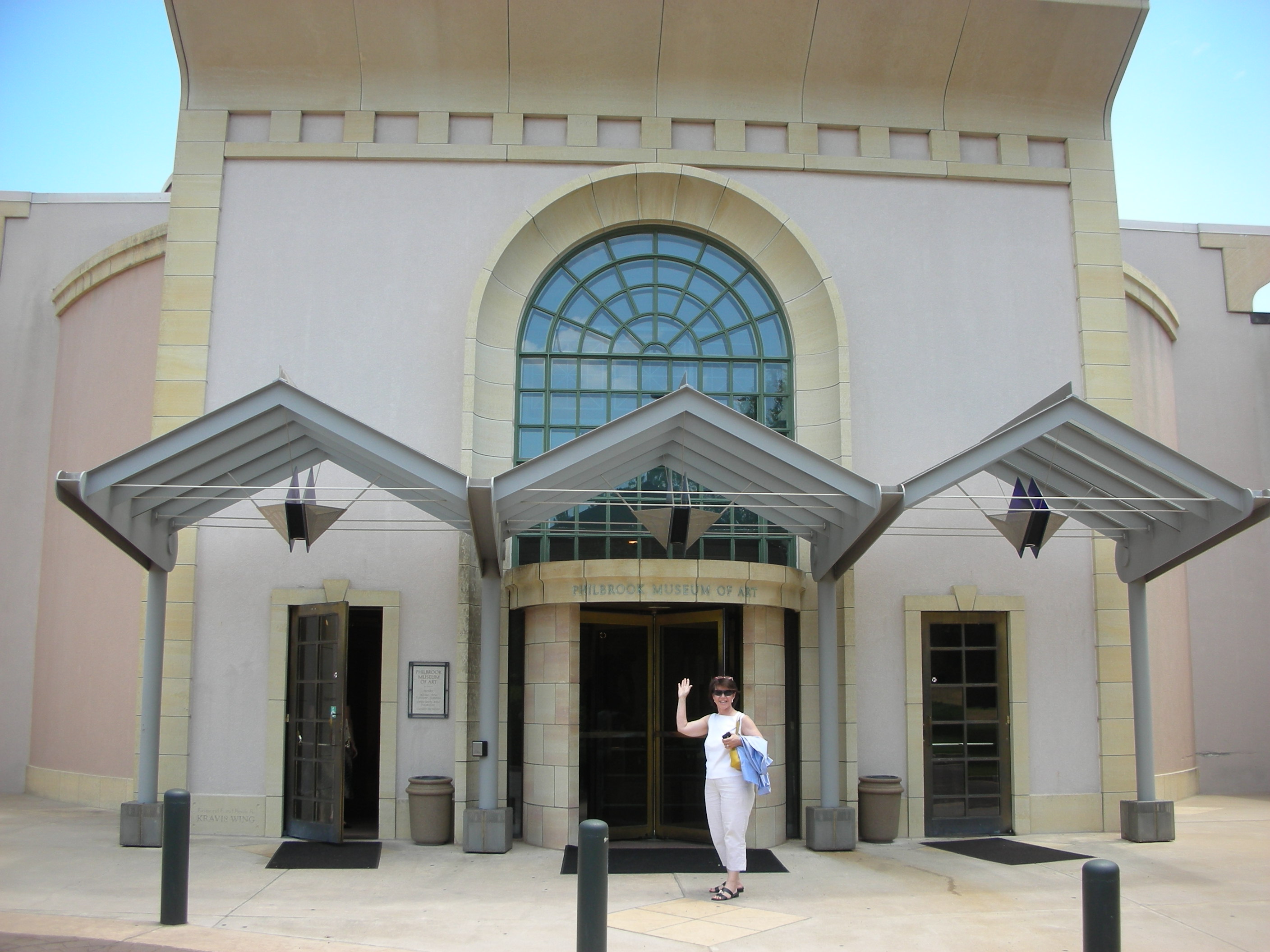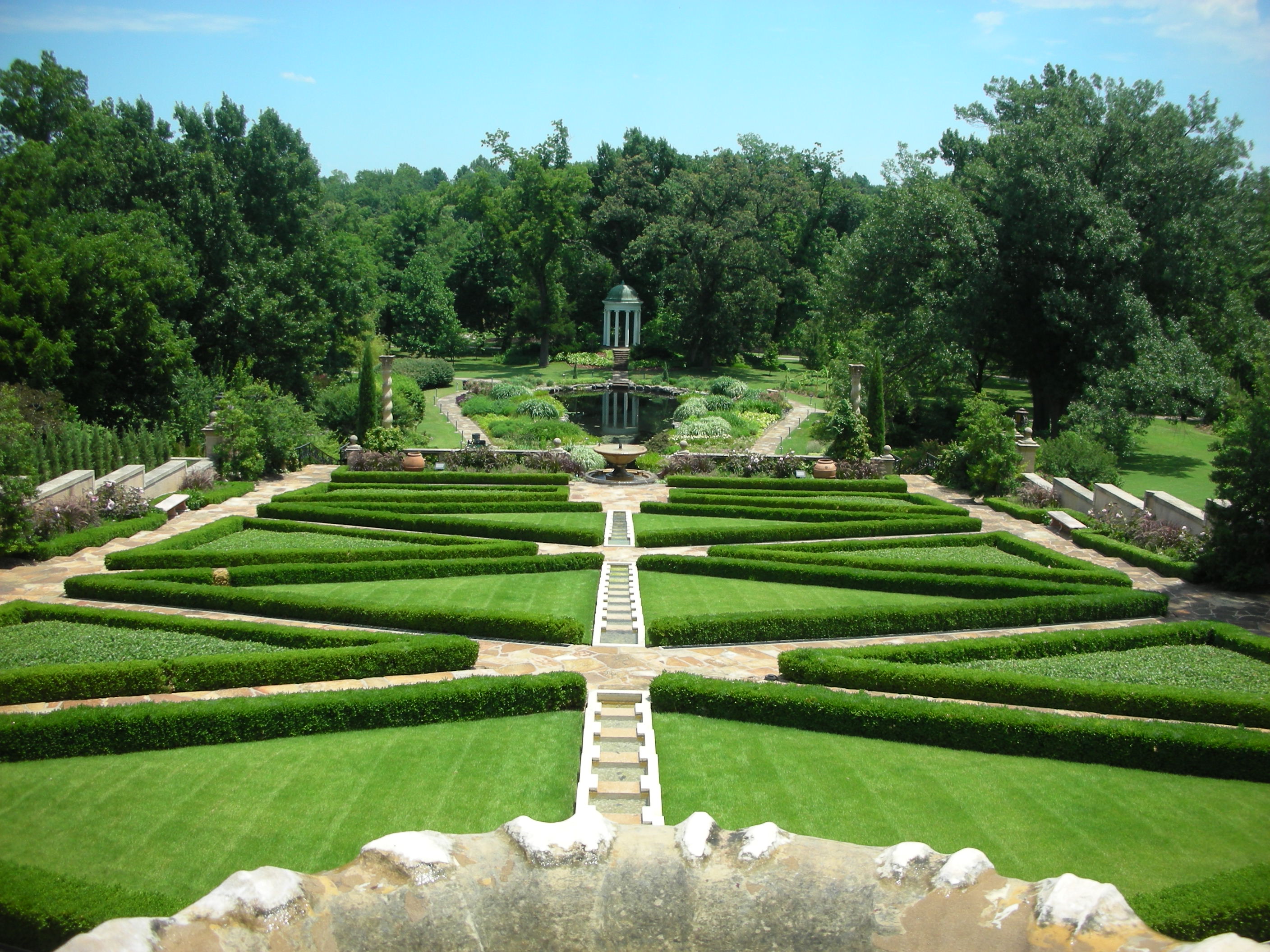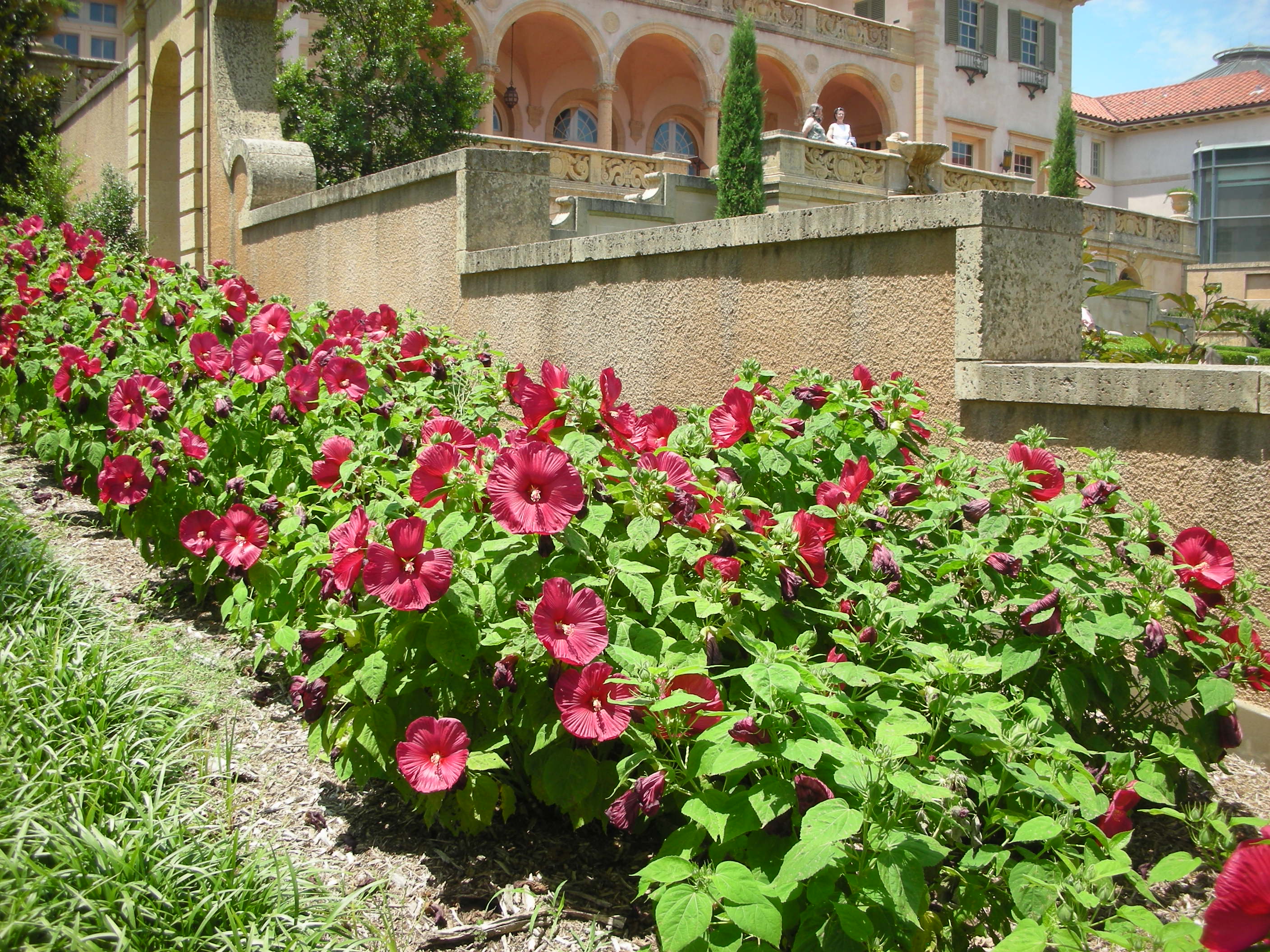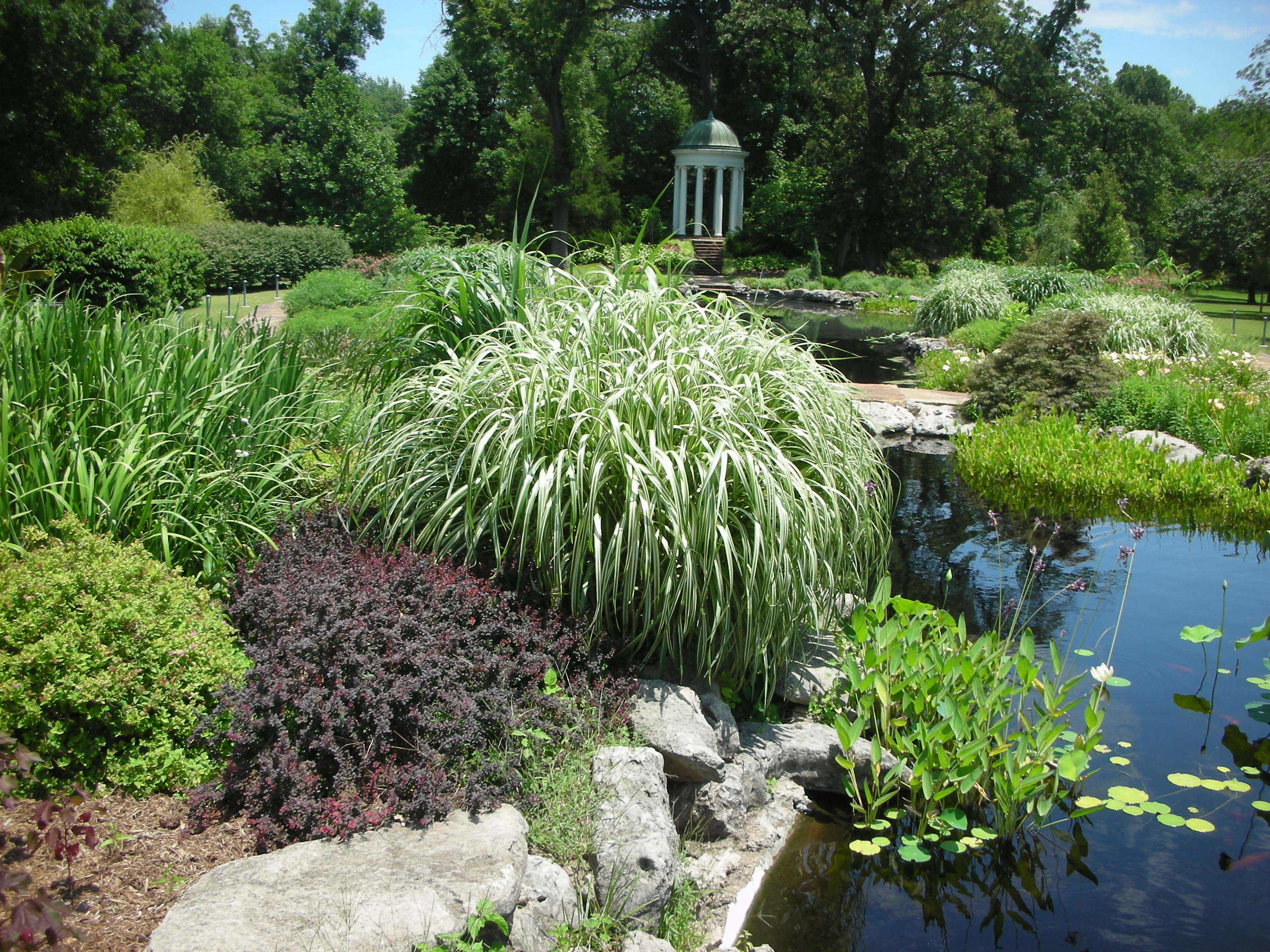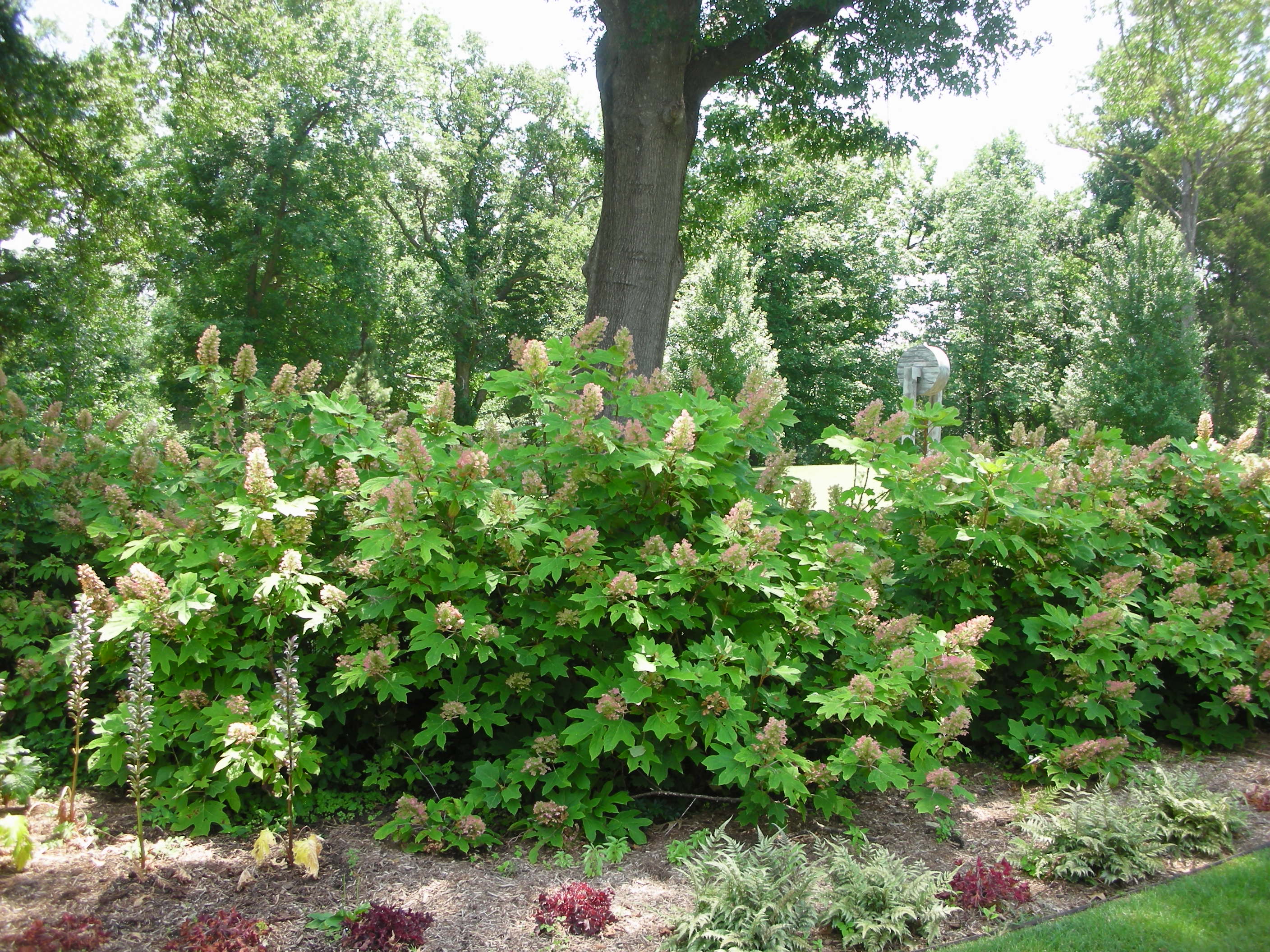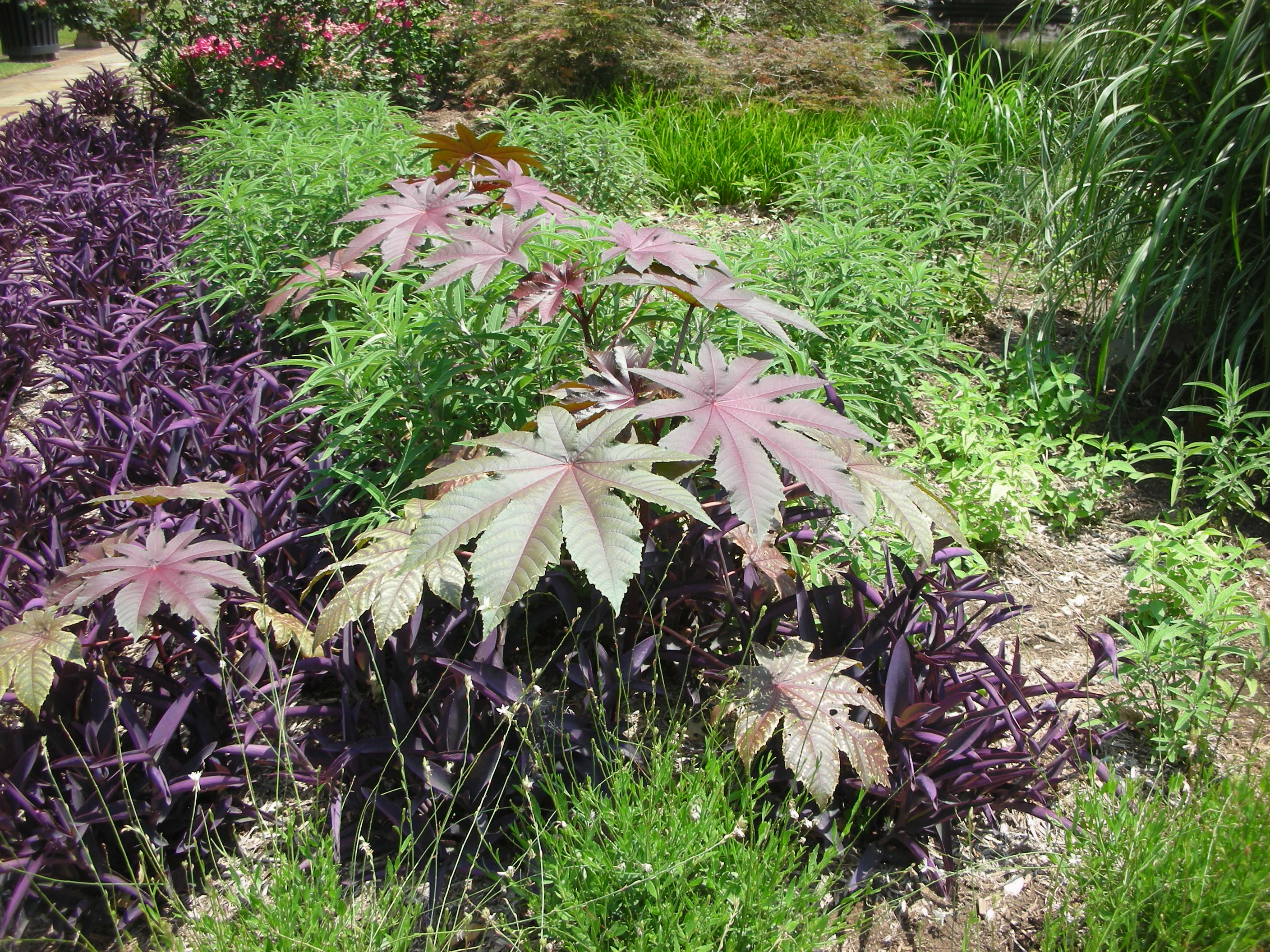Losing a beloved tree is a heartbreaking experience. Because of last year’s drought many homeowners have experienced the feeling of loss, and the very big cost, that usually accompanies the death of a mature tree. Until my recent vacation to Tulsa, I thought the only option available to people with a dead tree in their yard was to call in the pros and watch sadly as they turned it into wood chips. However, thanks to a good friend, I now know that if you live in Tulsa, you have another option when it comes to dealing with your dead trees.

Clayton Coss is a sculptor whose skills with a chainsaw have made him a bit of a celebrity in the Tulsa area.
Clayton Coss is a sculptor from Tulsa. For the past 26 years he has made a living turning tree tragedies into works of art. Clayton is a skilled carver that can convert your dead tree into a portrait of your kids, Mickey Mantle, Ben Franklin or anything else you can dream up. While there are many sculptors out there that can carve figures out of a piece of wood, there are very few that can do it with a chainsaw. That’s right, I said chainsaw. Now I know what you are thinking but trust me; Clayton is not your run of the mill, road side sculptor of bears and totem poles. No, Clayton is a very talented artist that has been able to turn American kitsch into his own brand of fine art.
I met Clayton while visiting with our friends Mark and Margaret Hartley. The Hartley’s recently moved into an absolutely adorable Tulsa neighborhood and Clayton was in the process of finishing two sculptures in their new neighborhood. Bobby and Jonas Woolslayer commissioned Clayton to carve a large bust of Ben Franklin and another of our lord and savior, Jesus Christ in their front yard.
Margaret knew I would be interested in Clayton’s work so we walked over to the Woolslayer’s almost as soon as we arrived. When I turned the corner and saw Ben I was literally speechless. Never in my wildest dreams would I have believed that someone could have carved such a striking likeness of a human head with just a chainsaw. I truly thought the bust was outstanding.
Clayton is a quiet and humble man and I enjoyed visiting with him immensely. Since chainsaw artistry is kind of an obscure art form I had to ask how he got started. He told me that several years ago a friend showed him a few tricks. Since he enjoyed it, he just stuck with it. His practice and perseverance has paid off. His talents are in high demand and have now made him a bit of a local celebrity.
If you want to see more of Clayton’s work, just drive around Tulsa. You can find his work in neighborhoods, local businesses, public places and even the upscale and very swanky Uttica Square. I spent a very enjoyable afternoon exploring Tulsa while conducting a scavenger hunt for his many sculptures. If you would like Clayton to turn one of your dead trees into a Coss original contact him through is website “Chainsaw Artistry”.
P.S. If you don’t live in Tulsa, please remove dead trees from your property as soon as you notice they have died. Yesterday I read a very sad story out of Houston. During a backyard family gathering, a pine tree that died in last year’s drought fell and killed a mom and seriously injured her 13 year old daughter. This would not have happened if the neighbor with the dead tree had done the right thing. Sorry to sound a little preachy but it really is important to remove dead trees. If you don’t and your tree falls on someone else or their property you will be held responsible.
















